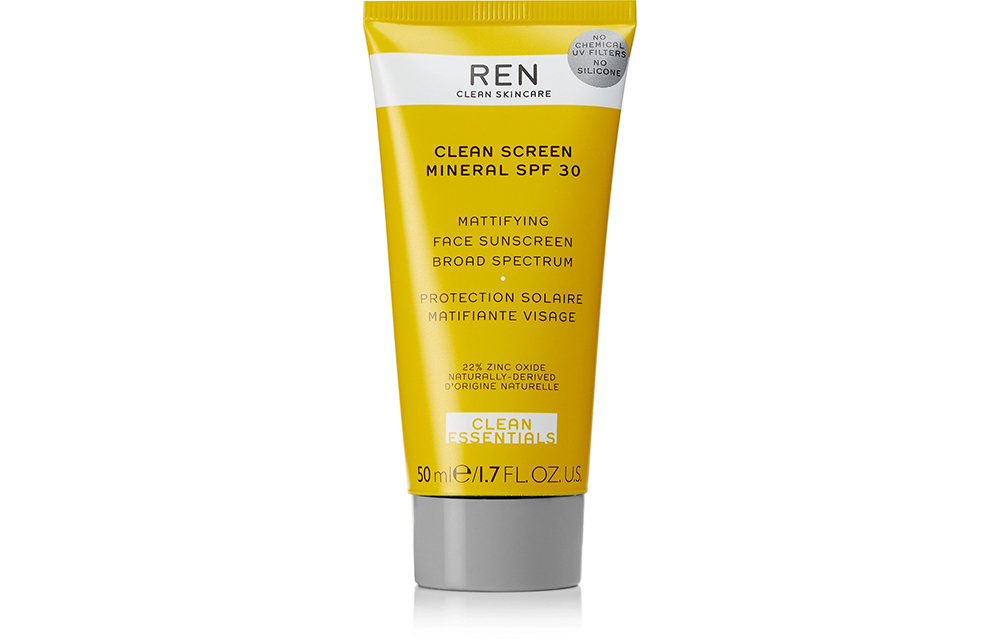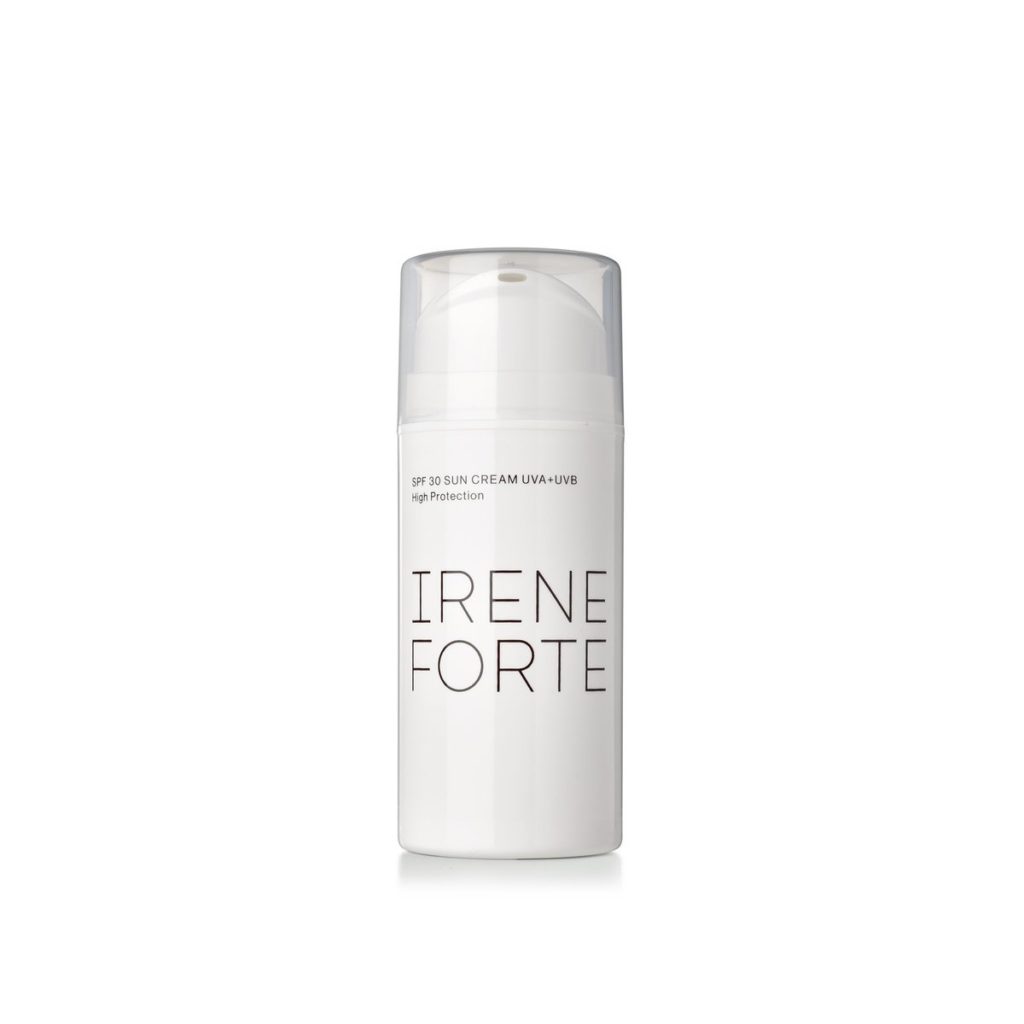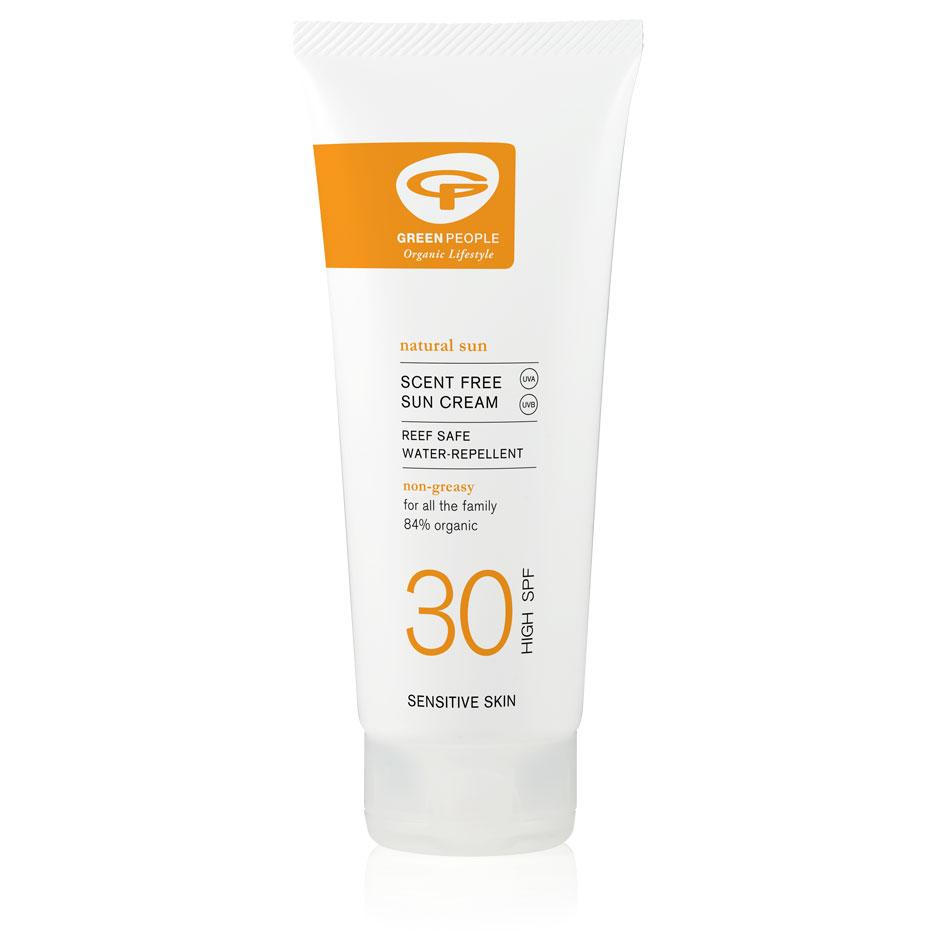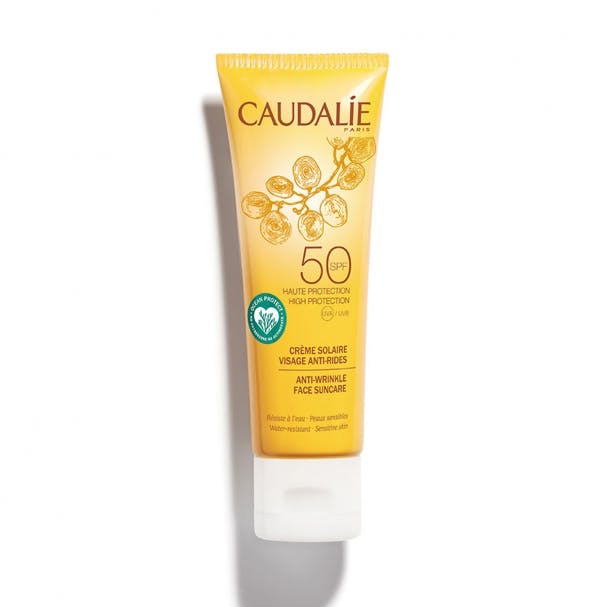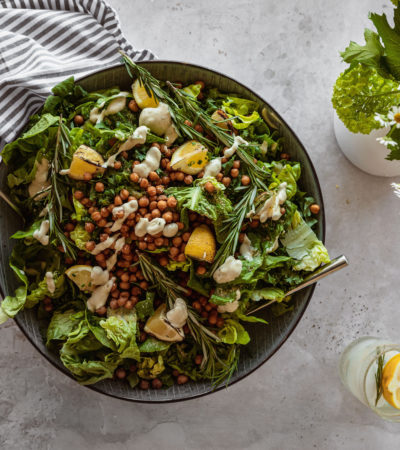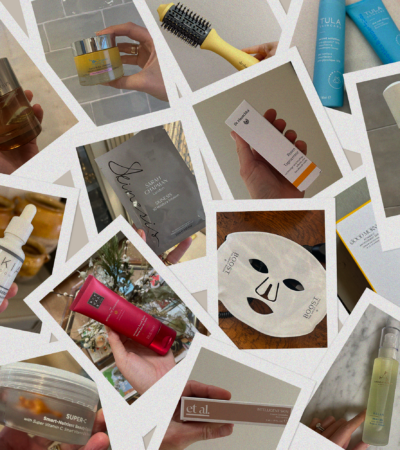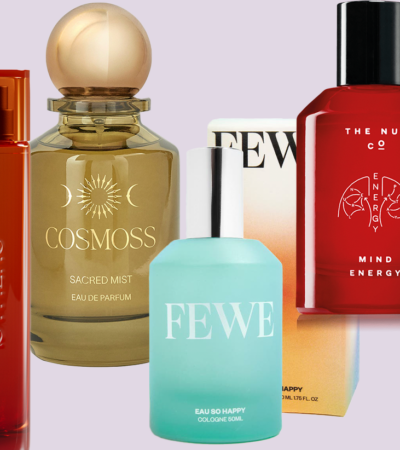If there’s one thing that’s drummed into us by every dermatologist, parent, and celebrity – it’s wear sunscreen. We all know about the ageing effects of the sun and the pigmentation problems it causes, but aesthetics aside, harmful UV rays are also the leading cause of skin cancer. Seems like Baz Lurhmann was onto something…
“Being diligent with your SPF is the best skincare advice anyone can give you”, agrees Kirsti Shuba, facialist and co-founder of Katherine Daniels Skincare. “UV rays are the number one cause of premature ageing and the SPF in your foundation and moisturiser won’t provide your skin with enough protection. Don’t just reach for your SPF whilst sunbathing – without fail we should all be applying a broad-spectrum SPF everyday (come rain or shine) as the last step of our skincare regime to protect and defend our skin from the harmful UV rays.”
The good news is, investing in an SPF is a great way to safeguard your skin against the harmful effects of the sun. The bad news is that most of us aren’t using it properly. So, to separate facts from fiction and to ensure you’re getting the most out of your sun protection, we’ve created this handy guide to the do’s and don’ts of SPF, just in time for summer. You’re welcome.
DO understand your SPF
Developed in 1962, SPF (sun protection factor) is a numerical way of measuring a sunscreen’s effect against UVB rays. In a nutshell, they’re a guide as to how long you can stay in the sun for without burning, so if you normally burn after ten minutes, an SPF15 will give you 15 times that – or 150 minutes without burning. To easily work out what SPF you need and how long it will protect you for, use this simple equation: minutes to burn without sunscreen x SPF number = maximum sun-exposure time.
DON’T buy into SPF100
Using sunscreen with an SPF of 100 does not mean you’re 100 protected from the sun. In fact, SPF100 products are so misleading that in America the FDA is trying to ban them, Australia caps SPFs at 30, while Europe and Japan cap them at 50. Why? Because using high-factor SPFs gives consumers a false sense of security, resulting in less re-application and more time in the sun, which in turn means more burning and damage. Also, sunscreens with an SPF of over 60 offer less UVA protection, a.k.a. the rays responsible for more aggressive cancers (as well as pigmentation). That’s why the Environmental Working Group recommends choosing sunscreens in the SPF15-50 range.
DO wear SPF if you have darker skin
Skin cancer doesn’t discriminate when it comes to skin colour, so whether you’re porcelain pale or chocolate brown, you need to be applying SPF. Yes, it’s true that if you have more pigment in your skin there’s less risk of burning, but it doesn’t mean that you’re completely immune. Skin cancer is often diagnosed later in people of colour, mostly due to a misconception that they aren’t at risk.
DON’T rub it in
If you’ve been rubbing your sun cream in like mad, then it’s time to stop – stat. You should actually be doing the total opposite, as rubbing reduces the effectiveness because sun creams work by reflecting, absorbing, and scattering rays before they reach your skin. Instead, apply a layer and leave it to sink in on its own. Simples.
DO use the right amount
There’s no point investing in sun protection and then not using enough of it. Instead of haphazardly slapping it on, take your time to ensure you’ve covered everywhere, and use enough product to get maximum protection. An average person needs at least six tablespoons to fully cover their body, with The British Association of Dermatologists recommending half a teaspoon of sunscreen for your face and neck. If in doubt, get those spoons out.
DON’T think SPF30 + SPF15 = Factor 45 protection
This is one of the most common SPF misconceptions, and the numbers don’t add up the way you might think. Using an SPF15 with an SPF30 doesn’t mean you can stay in the sun 45 times longer than without protection! You’ll only get the level of protection of the highest factor (30 in this case), and some SPF ingredients can interfere with each other and make them less effective, so stick to using one product and use it properly.
Do apply sunscreen if you’re in the shade
Don’t be fooled into thinking you’re completely covered if you’re sitting in the shade. It may offer protection from the sun’s direct rays, but not from rays that are reflected off the ground. Grass reflects about 3% of UV rays, sand between 5-25%, and water between 5-90%! And no – clouds don’t count as protection. Light or thin clouds can sometimes enhance UV levels due to scattering. Even when you think you’re out of the sun, you’re not – so slap on the sunscreen!
DON’T go in the sun straight after applying SPF
Just because you’ve applied the right amount of SPF and you’ve done so correctly doesn’t mean you can go rushing out into the sun. Your skin needs time to absorb your sun cream, as this gives the UV filters it contains time to soak in and form a protective layer. So, wait for 20-30 minutes before you head for that sun lounger.
DO reapply, reapply, reapply!
And no, not only when you’ve taken a dip in the pool. Regardless of whether you’re swimming or not, you need to reapply every two hours – at least. Swimming, sweating, and simply the rubbing of skin against clothing can rub off your SPF. Plus, the protecting powers of SPFs don’t last forever. Even products that say they’re waterproof and water-resistant lose efficiency when you’re wet, so remember reapply, reapply, reapply. And if you’re worried you’ll forget – set a reminder on your phone!
DO choose a reef-friendly formula
This year will see both Hawaii and Key West, Florida, ban the sales of sunscreens containing two common chemical filters oxybenzone and octinoxate, which are deemed the most dangerous to aquatic life. It’s estimated that up to 14,000 tons of sunscreen end up in our oceans every year, disrupting coral endocrine systems and killing baby coral. It also causes damage to coral DNA, preventing it from reproducing. The knock-on effect of this is devastating, as our marine life and entire aquatic ecosystem depend on coral reefs.
So, if in doubt, shop our edit of the five best reef-friendly, sun-safe formulas below.
words by Frankie Rozwadowska



